Hello, darlings!
Welcome back to the royal household of Miss Windsor’s Delectables. Accompanied by the royal salute, I excitedly present Royal Windsor Pudding!
I say I’ve gone a bit pudding mad of late! You see, following the success of Mrs Beeton’s Spicy Suet Carrot Pudding, one felt compelled to have another go at recreating a Victorian slice of food history, or in this case, a Georgian slice! I remark, if a recipe was written between 1795 and 1837, this period is known as Georgian or Regency, hence Regency cookery.


I was instantly attracted to this recipe because of its original title of Windsor Pudding. Of course, one added “royal” to the title, which gives it a trifle more pizazz!
I presume you’ve already twigged that my darling sovereign, Her Majesty Queen Elizabeth II and I, share the same splendid surname of Windsor! Her Majesty is merely my beloved royal counterpart, and thus far, Miss Windsor has not had the pleasure of a formal introduction.
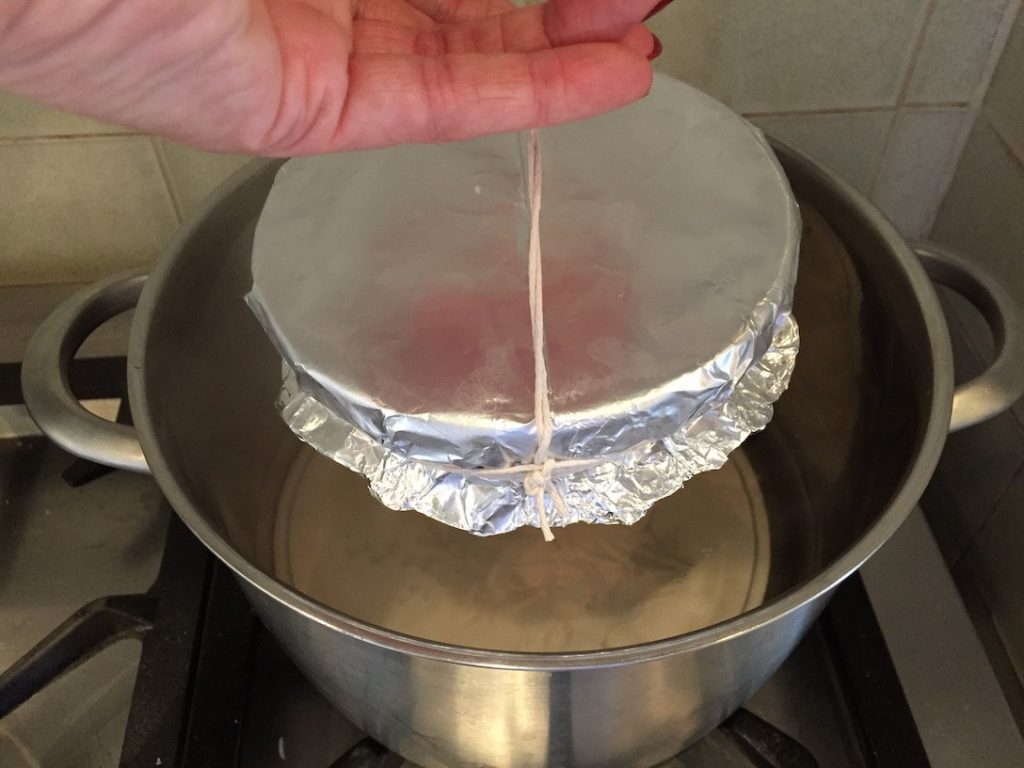
Moving swiftly on, I discovered this frightfully regal recipe in my 1906 edition of Mrs Beeton’s Book of Household Management, which I presume was featured in the first edition published in 1861 during the reign of Queen Victoria.
In fact, this recipe is much older than first thought. I was pleased to discover that Windsor Pudding (according to the jolly old internet!) commenced its culinary journey during the Georgian or Regency era (How fascinating!).
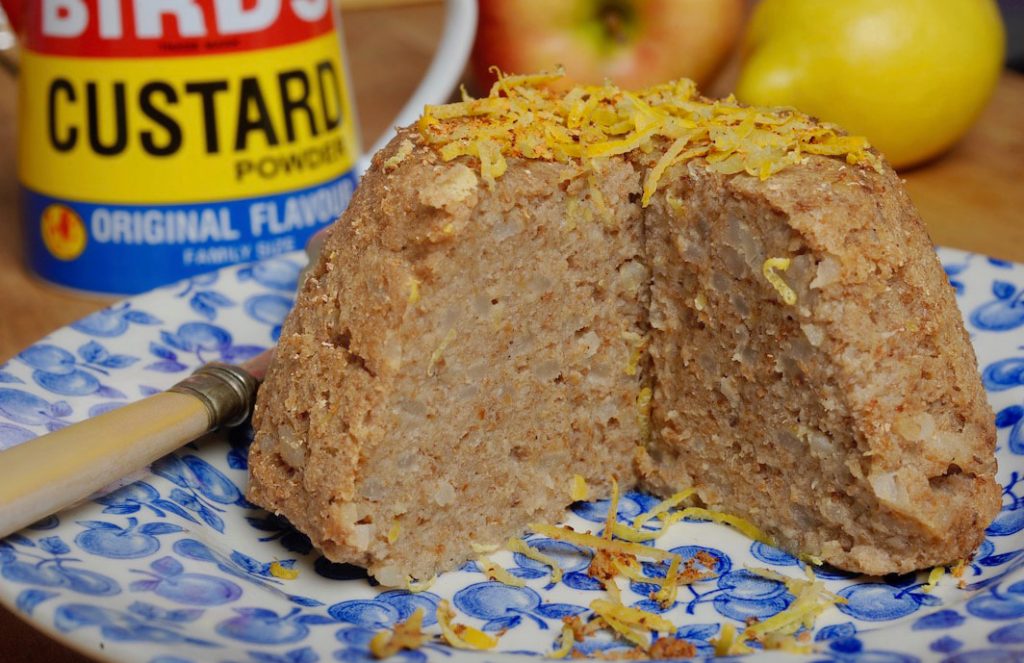
You see, whilst scouring through the archives of the Foods of England website (put link) I stumbled across Windsor Pudding – I say, thank goodness for modern technology! I was enthralled to read that in 1822 Mary Eaton first recorded this scrumptious pudding recipe in The Cook and Housekeeper’s Dictionary.
“Original Receipt in ‘The Cook and Housekeeper’s Dictionary’ by Mary Eaton (Eaton 1822);
WINDSOR PUDDING. Shred half a pound of suet very fine, grate into it half a pound of French roll, a little nutmeg, and the rind of a lemon. Add to these half a pound of chopped apple, half a pound of currants clean washed and fried, half a pound of jar raisins stoned and chopped, a glass of rich sweet wine, and five eggs well beaten, with a little salt. Mix all thoroughly together, and boil it in a basin or mould for three hours. Sift fine sugar over it when sent to table, and pour white wine sauce into the dish.”
My research also revealed how this regal pud received its title. Well, to start “Eaton” is Mary’s surname, and Eaton is located near Windsor in Berkshire, England. Mary may have also resided in Eaton or Windsor (who knows!), but nevertheless, the origins of this pudding are terribly obvious!

Darlings, I must admit I’m a tad baffled by Mrs Beeton’s Victorian version, as it’s peppered with discrepancies and lack of or choice of alternative ingredients. First off, the Georgian or Regency recipe calls for “suet”, and the Victorian recipe calls for no suet at all.
Evidently, Mrs Beeton (actually, I mean the real author of this recipe, as Mrs Beeton only ever developed ONE recipe in her lifetime, Useful Soup for Benevolent Purposes) replaced suet with “Carolina” or pudding rice, which is very odd as suet was all the rage in Victorian England.
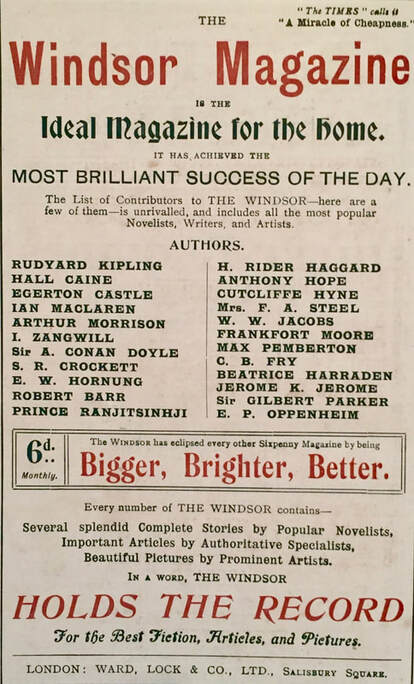
Now, regarding Mary Eaton’s recipe, what the heck is French roll? Of course, I consulted my resources but was unable to find sausage on it, so, if you have an inkling of a clue, please do indulge Miss Windsor.
Thankfully the ingredient of apple is included in both recipes, however, Mrs Beeton’s version failed to include chopped raisins, currants, and according to Mary’s Eaton’s instruction not even a drop of rich sweet wine, instead, half a teaspoon of lemon juice, which I increased to one tablespoon.
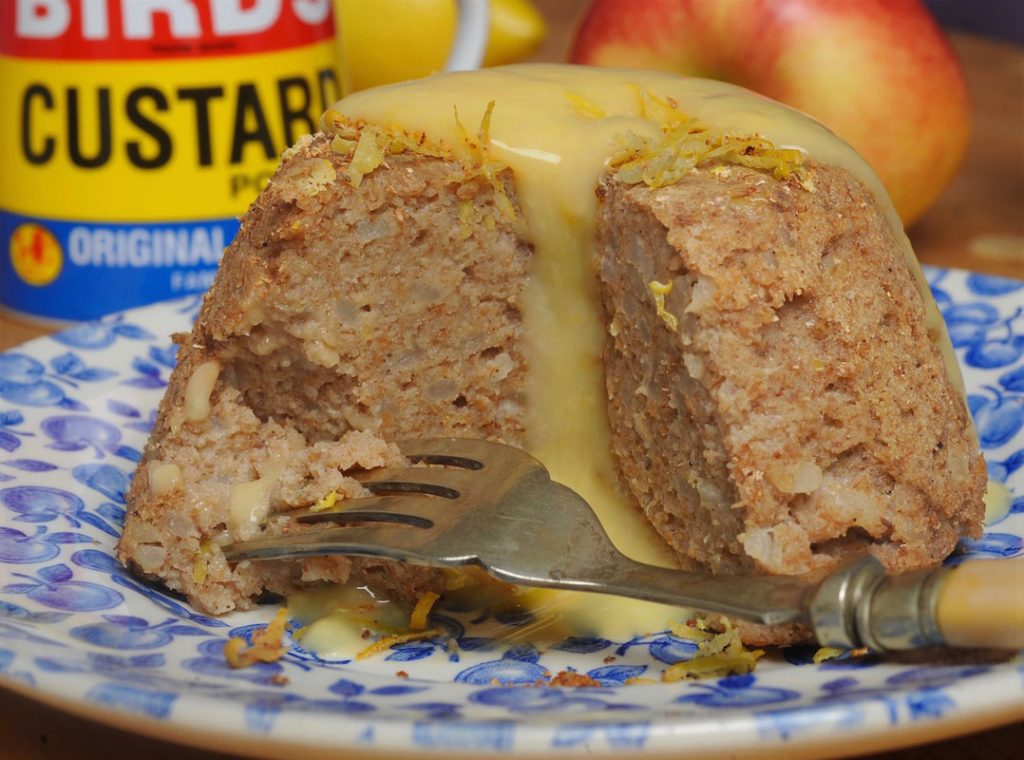
I say, the true anomaly of Mrs Beeton’s so-called recipe, is why on earth does it call for four “egg whites” instead of four whole eggs? And although I gave this recipe a jolly good crack of the whip! surprisingly it turned out like a steaming hot, pale coloured, virtually anaemic looking, wobbly blancmange.
But do not despair, as Grandmother Josie would often trumpet, “There’s no use crying over spilt milk!” – indeed, grannie! Always straight to the point with her pithy maxims, and often followed by, “If at first, you don’t succeed, try, try again”. So, Miss Windsor recreated this recipe once more with the addition of brown breadcrumbs, and thankfully it turned out just fine.

Before you dash off to your kitchen, I must proclaim that this pudding has been subject to intense scrutiny by Miss Windsor’s fine palate, and of course passed the taste test with flying colours. This magnificent pudding was awarded Miss Windsor’s Royal Stamp of Approval for superior flavour, queenly quality, and for its OUTSTANDING contribution to the arena of food history.
TIP: split the pudding mixture between two x 1-pint (570ml or 20 US fl oz) pudding basins, as this will cut down the steaming time considerably – only an hour or so, as opposed to three.

Serve each slice with a generous helping of Birds Custard – I do wonder if our trusty, old-fashioned, British household brand of Birds is a firm favourite of the royal family?
Enjoy the very best of royal fayre!
Miss Windsor x
ALL PHOTOGRAPHY BY MISS WINDSOR, EXCEPT FOR THE QUEEN MOTHER!
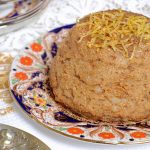
Royal Windsor Pudding
Ingredients
- 6 large apples (such as Braeburn, Jazz, or Honeycrisp)
- 30g (1/2 cup) caster sugar
- 30g (3 tablespoons) Carolina or pudding rice
- 1 tablespoon of fresh lemon juice
- (1 cup) brown breadcrumbs
- zest of 1 lemon
- 4 egg whites
- milk
- zest of 1 lemon – for the garnish
Instructions
-
Darlings, now it’s time to give your grubby little mitts a jolly good wash with Pears soap – the finest beauty product of Victorian England.
-
First off, prepare the breadcrumbs and set to one side.
-
Using a medium saucepan, generously cover the rice with milk and boil gently until tender. Drain well.
-
Chop the apple and stew in a large saucepan until soft. Then with a wooden spoon rub through a fine sieve, and stir in the rice, sugar, lemon juice, lemon zest, and breadcrumbs.
-
Whisk egg whites until stiff, and gently fold into the mixture.
-
Now, place an old saucer onto the bottom of a large saucepan (this will prevent the basin from cracking) then fill with water, about half-way up the basin, and immediately put onto boil.
-
Take two small pudding basins or an extra-large one, grease with butter and three-quarters fill with the mixture.
-
Time to prepare the basins for steaming. Cut a large piece of greaseproof paper and foil. Place the foil piece on the kitchen counter followed by the greaseproof paper on top, and lightly grease with butter.
-
Holding both pieces together, make a pleat in the centre, then gently place over the basin and mould it around the edges.
-
Using a long piece of string, tightly wrap it around a few times under the “lip” of the basin and secure with a knot or two.
-
Make a handle by threading the string from one side to the other. Repeat and secure.
-
Trim off the excess paper/foil and tuck both layers under neatly, then place the basin into the saucepan and cover with the lid.
-
Regularly top up with water, as you wouldn't want your “regal” pudding to boil dry!
-
At the 1 hour mark (1-pint basin) or 2 & 3/4 hours (2-pint basin) check if they’re cooked. Insert a skewer through the foil/paper layer, and if it comes out clean it’s ready, if not keep steaming for a while longer.
-
Garnish with lemon zest and serve hot with lashings of custard!

